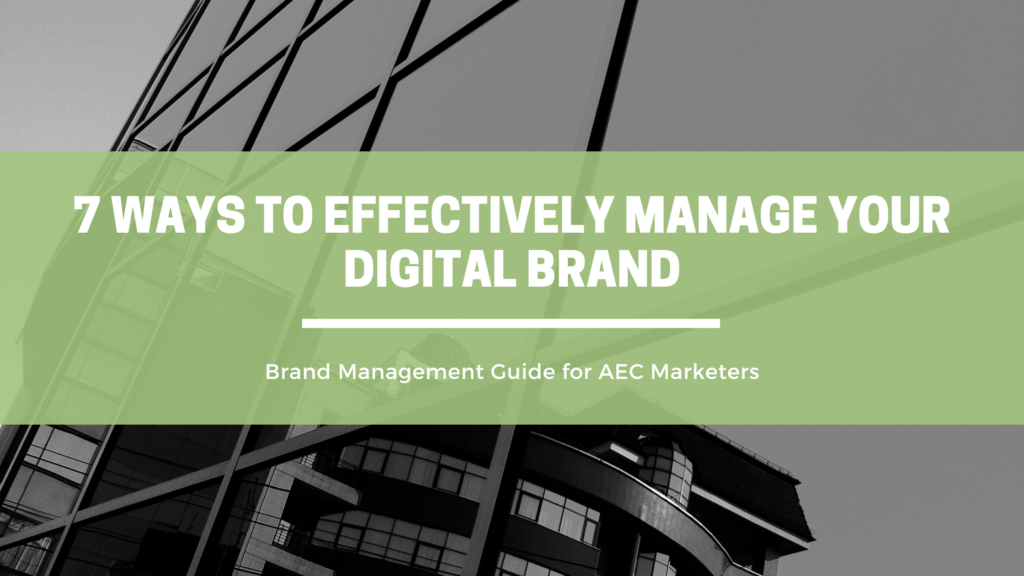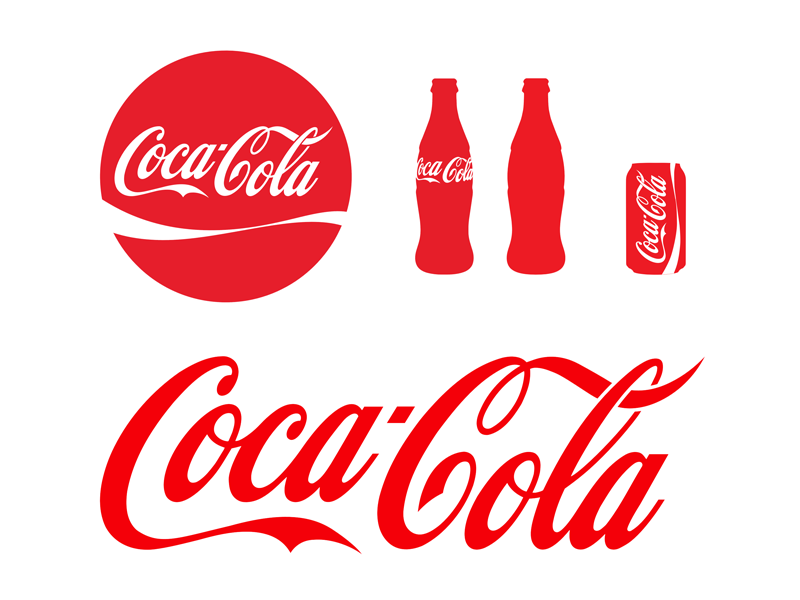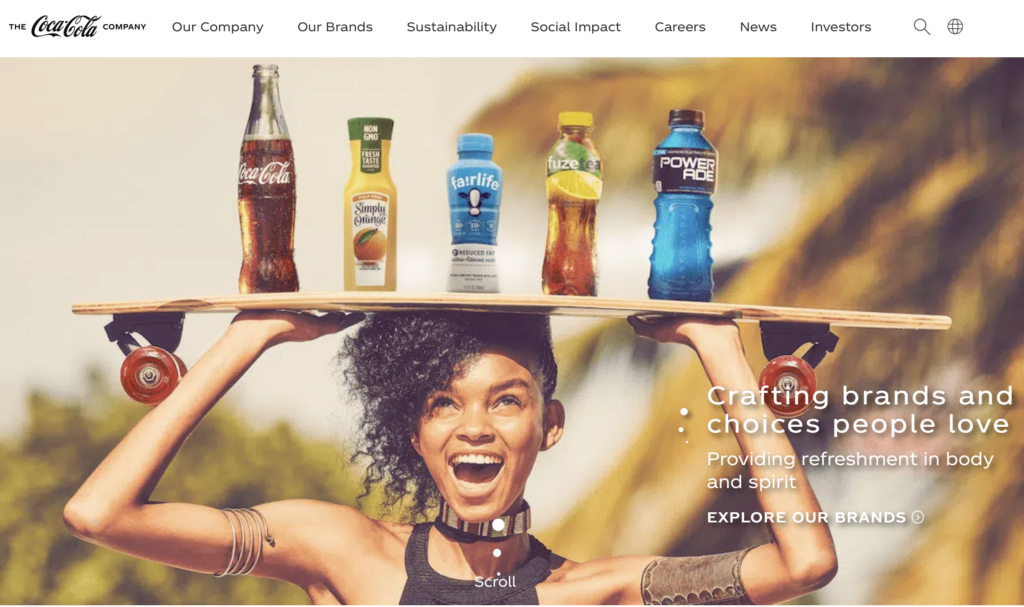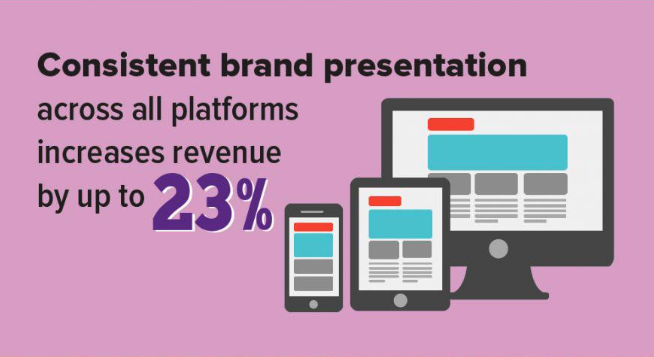7 Ways to Effectively Manage Your Digital Brand

Online brand management is a required focus for today’s businesses operating in the digital world. This brand management guide for AEC marketers has everything you need to successfully manage your company’s online brand.
How to Effectively Manage Your Brand
With more than 3.5 billion people using the internet to shop, search and find information, there are now more ways than ever to reach your target audience, but you’re not alone. There are millions of businesses vying for attention online. That’s why it’s more important than ever to ensure your company’s online brand is well managed.
Unfortunately, many companies, especially those in the AEC segments struggle with online brand management, brand identity and positioning, which can lead to a loss of customers and revenue. In this brand management guide for AEC firms, we discuss online brand management and provide 8 steps to successful online brand management.
What is Online Brand Management?
Digital brand management is the process of overseeing all policies, plans, and tactics that affect your company’s online presence and how people interact with your brand online, including:
- social media,
- search engine results,
- website design,
- user experience,
- mobile and browser apps,
- paid ads, and
- any other digital platform.
There are many advantages to effective online brand management. A well-managed online brand will help to build trust and credibility with customers, generate leads and sales, and protect against reputational damage. Conversely, poor brand management can lead to major issues for your business, such as:
- customer churn,
- loss of revenue,
- poor online reviews, and
- decreased market share.
In today’s digital world, online brand management is a required focus for all businesses. Here we’ll explore what it takes to successfully manage your company’s online brand, including why it’s important and the key steps you need to take.
Important Aspects of Digital Brand Management
With the prevalence of digital channels, online brand management is now a required focus for businesses. Your online presence and customer interactions are what make up your digital brand. Managing it allows you to change the way customers see your business for the better.
Brand identity
Your brand identity is how customers perceive your business, and it should be reflected in everything you do online – from your website design to the way you interact with customers on social media. There are many elements that make up a strong brand identity, but some of the most important are:
- A clear and consistent message,
- An easily recognizable logo and visual style,
- Humanizing content that tells your story, and
- A strong social media presence.

One of the strongest examples of online brand identity is Coca-Cola. Their social media presence is highly engaging. Their website is easy to navigate, and their visuals are consistent across all platforms.

Customers can interact with the Coca-Cola brand on multiple channels and get the same great experience each time. Coca-Cola has built a strong online presence by staying true to its brand identity. As your business grows, it’s important to do the same.
Brand positioning
Your brand positioning is how you differentiate yourself from your competitors. It should be reflected in everything from the way you talk about your business on your website to the way you position your products and services in the online marketplace.
One company that offer exceptional brand positioning is Apple. Their position as the “premier” technology company is reflected in everything from the sleek design of their products to the way they market themselves as being cutting-edge and forward-thinking.
How to Position Your Brand Online – Best Practices
Brand positioning is an incredibly important aspect of effective brand management and includes your unique selling points, your target audience your brand’s perception, i.e how customers see your brand, and your core values. Here we provide six best practices to improve your online brand positioning.
- Update Your Website and Social Media – Make sure your website is up-to-date with the latest information about your company, products, and services. Your website should also be optimized for search engine ranking so potential customers can easily find you online.
- Maintain Brand Consistency – Make sure your website, social media profiles, email newsletters and digital brand assets all reflect your company’s branding. Use the same colors, logos, and messaging across all of your channels to create a cohesive brand identity. This branding guide has everything you need to improve brand consistency.
- Engage With Your Audience – Build relationships with the people who follow you online. Reply to comments, answer questions, and share relevant content that your audience will find interesting or useful.
- Promote Your Content – Make sure your website’s content is easy to find by promoting it on your social media channels. Use effective keywords and search engine optimization (SEO) techniques to ensure that your content appears high in search results.
- Analyze Your Data – Use web analytics tools to track the performance of your website and digital marketing campaigns. Review your data regularly to identify areas where you can improve your online brand presence.
- Respond to Feedback – Encourage customers and clients to provide feedback about their experience with your company. Respond quickly and professionally to negative feedback, and use positive feedback to improve your services.
7 Steps to Successful Online Brand Management
Presenting a brand consistently across all platforms can increase revenue by up to 23%, and mean the difference between success and failure. Fortunately, by following these actionable steps, you can improve your brand and increase the revenue coming into your coffers.

Step One: Define Your Brand Values
Defining your company’s values, mission, and goals is the first step in building a strong online presence. These values will guide all of your company’s decisions — from the products and services you offer to the way you interact with customers.
Step Two: Develop Your Brand Guidelines
Developing brand guidelines for your online brand identity is a great way to ensure that your visuals (logos, color schemes, etc.), voice (tone of writing), and values are consistent across all channels. Utilizing top-tier DAM software can streamline workflows and make the process of creating brand guidelines and improve brand consistency.
A digital asset management system effectively stores and organizes all digital files associated with your brand. This way, when it comes time to create or update marketing materials, everyone is working off of the same source files. The result is a library of cohesive visuals that reflect your brand’s image and values.
DAM also makes enforcing your brand guidelines simple. All company members who interact with customers or create content should be aware of the guidelines and expected to follow them. With software like OpenAsset, you can set permissions to keep access to brand files limited to only those who need it. This reduces errors such as unwanted edits, or team members using outdated logos and promotional materials.
Step Three: Define Your Target Audience
By understanding your audience, you can better craft content and messages that resonate with them. In the AEC industry, this is especially important as you may be targeting different personas within a single project. For example, when marketing a new shopping center development, you would want to create separate content for potential tenants, shoppers, and investors.
Step Four: Create Compelling Content
Once you have a solid foundation for your online brand, it’s time to start building your presence. Start by creating attractive and informative content that accurately reflects your brand. In the AEC industry, this could look like sharing blog posts featuring your latest projects, case studies that show the successful outcomes of previous work or even just sharing inspiring images that align with your brand values.
Top construction companies often create content that showcases the company’s understanding of the latest trends, their commitment to safety, or their experience working on complex projects. This type of content helps position the company as an authority in the field and differentiate them from its competitors.
Whatever content you create, make sure it is high quality, accurate, and engaging. Poorly written or uninteresting content will not only fail to capture the attention of your target audience, but it could also damage your company’s reputation.
Step Five: Optimize for SEO
Optimize your content for search engines using keywords that your target audience is likely to use when searching for information related to your industry. For example, in the engineering industry, common keywords include “civil engineering,” “structural engineering,” and “engineering design.”
Use these keywords throughout your website and in your blog posts, social media updates, and other marketing materials. In addition to helping potential customers find your company online, this will also help you attract visitors who are more likely to convert into leads and consumers.
SEO is quite a science, so consider appointing an SEO strategist. This person will be responsible for conducting keyword market research, optimizing your website’s content and metadata, and monitoring your SEO program performance.
Make sure to create content that is shareable across social media platforms. This will help increase the reach of your content and generate backlinks, which can further improve your website’s SEO.
Step Six: Boost Your Social Media Presence
In addition to your website, take advantage of social media platforms to reach a wider audience. Companies with a strong online brand may post on social media up to 18 times per day. Of course, that many posts are not necessary! When it comes to creating social media posts, it’s more important to make sure they are visual and interesting than super frequent.
Posts with images receive more engagement than those without, and video content is becoming increasingly popular on social media channels. A timelapse video of your company’s current construction or engineering project, for example, could positively increase your brand awareness and visual identity on social media. The key is to be consistent and post engaging content regularly.
Step Seven: Protect Your Online Reputation
Managing your company’s online reputation is an important part of digital brand management. Reputation management includes monitoring what is being said in customer reviews about your company online and responding to both positive and negative reviews on your site.
For a brand manager, being open to feedback is not just review management, but plays an important role in both product management and improving the customer experience.
For today’s creative teams, online brand management can be a daunting task. They are juggling more channels and more asset types than ever before. Streamline workflows and help your team work smarter, not harder by utilizing OpenAsset, a leading brand management software.
Get Started With OpenAsset Today
Unlike traditional DAM systems, OpenAsset is a project-based digital asset management solution specifically designed for AEC marketers. With dozens of integrations and useful features, OpenAsset is the martech you need to create high-converting content, proposals, presentations and much, much more. Contact OpenAsset today to request a Demo.
The post 7 Ways to Effectively Manage Your Digital Brand appeared first on OpenAsset.